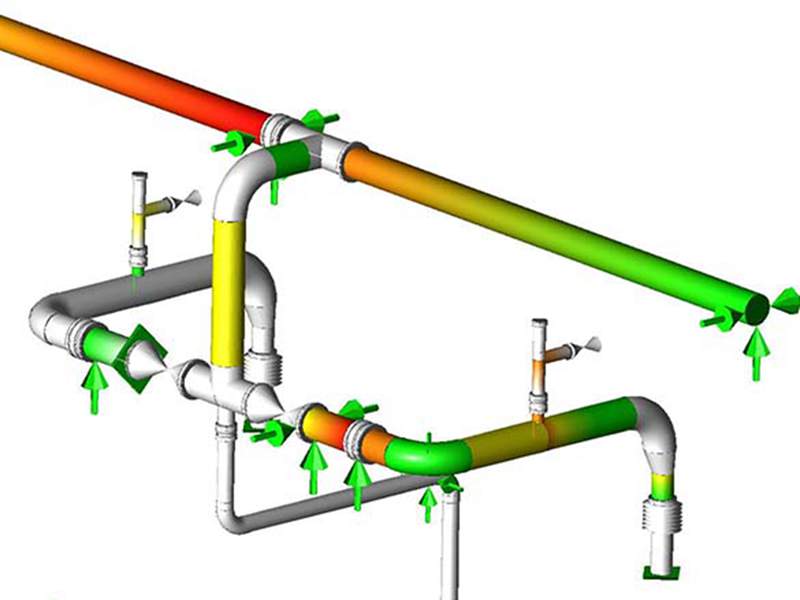
-
 Afrikaans
Afrikaans -
 Albanian
Albanian -
 Amharic
Amharic -
 Arabic
Arabic -
 Armenian
Armenian -
 Azerbaijani
Azerbaijani -
 Basque
Basque -
 Belarusian
Belarusian -
 Bengali
Bengali -
 Bosnian
Bosnian -
 Bulgarian
Bulgarian -
 Catalan
Catalan -
 Cebuano
Cebuano -
 China
China -
 China (Taiwan)
China (Taiwan) -
 Corsican
Corsican -
 Croatian
Croatian -
 Czech
Czech -
 Danish
Danish -
 Dutch
Dutch -
 English
English -
 Esperanto
Esperanto -
 Estonian
Estonian -
 Finnish
Finnish -
 French
French -
 Frisian
Frisian -
 Galician
Galician -
 Georgian
Georgian -
 German
German -
 Greek
Greek -
 Gujarati
Gujarati -
 Haitian Creole
Haitian Creole -
 hausa
hausa -
 hawaiian
hawaiian -
 Hebrew
Hebrew -
 Hindi
Hindi -
 Miao
Miao -
 Hungarian
Hungarian -
 Icelandic
Icelandic -
 igbo
igbo -
 Indonesian
Indonesian -
 irish
irish -
 Italian
Italian -
 Japanese
Japanese -
 Javanese
Javanese -
 Kannada
Kannada -
 kazakh
kazakh -
 Khmer
Khmer -
 Rwandese
Rwandese -
 Korean
Korean -
 Kurdish
Kurdish -
 Kyrgyz
Kyrgyz -
 Lao
Lao -
 Latin
Latin -
 Latvian
Latvian -
 Lithuanian
Lithuanian -
 Luxembourgish
Luxembourgish -
 Macedonian
Macedonian -
 Malgashi
Malgashi -
 Malay
Malay -
 Malayalam
Malayalam -
 Maltese
Maltese -
 Maori
Maori -
 Marathi
Marathi -
 Mongolian
Mongolian -
 Myanmar
Myanmar -
 Nepali
Nepali -
 Norwegian
Norwegian -
 Norwegian
Norwegian -
 Occitan
Occitan -
 Pashto
Pashto -
 Persian
Persian -
 Polish
Polish -
 Portuguese
Portuguese -
 Punjabi
Punjabi -
 Romanian
Romanian -
 Russian
Russian -
 Samoan
Samoan -
 Scottish Gaelic
Scottish Gaelic -
 Serbian
Serbian -
 Sesotho
Sesotho -
 Shona
Shona -
 Sindhi
Sindhi -
 Sinhala
Sinhala -
 Slovak
Slovak -
 Slovenian
Slovenian -
 Somali
Somali -
 Spanish
Spanish -
 Sundanese
Sundanese -
 Swahili
Swahili -
 Swedish
Swedish -
 Tagalog
Tagalog -
 Tajik
Tajik -
 Tamil
Tamil -
 Tatar
Tatar -
 Telugu
Telugu -
 Thai
Thai -
 Turkish
Turkish -
 Turkmen
Turkmen -
 Ukrainian
Ukrainian -
 Urdu
Urdu -
 Uighur
Uighur -
 Uzbek
Uzbek -
 Vietnamese
Vietnamese -
 Welsh
Welsh -
 Bantu
Bantu -
 Yiddish
Yiddish -
 Yoruba
Yoruba -
 Zulu
Zulu
CPVC FRP Pipe | High-Quality CPVC Fiber Reinforced Plastic Pipe Solutions
Understanding CPVC and FRP Pipes A Comprehensive Overview
In the world of piping systems, the choice of material often determines the efficiency, longevity, and overall performance of an installation. Two notable materials that have gained popularity are Chlorinated Polyvinyl Chloride (CPVC) and Fiberglass Reinforced Plastic (FRP). Each of these materials has unique characteristics that make them suitable for specific applications, contributing to their rising prevalence in various industries.
CPVC Pipes Properties and Applications
CPVC is a thermoplastic material derived from PVC, with chlorine added to enhance stability and heat resistance. This innovation allows CPVC pipes to withstand higher temperatures, typically up to 200°F (93°C), making them ideal for hot water applications. One of the main advantages of CPVC pipes is their resistance to corrosion and scale build-up, which are common issues in metal piping systems. This property ensures a longer lifespan and reduced maintenance costs, making CPVC a cost-effective choice for residential and commercial plumbing, industrial piping, and fire protection systems.
Additionally, CPVC pipes are lightweight and easy to handle, allowing for simpler installation processes. They can be bonded using specific solvents, creating a strong, leak-proof connection. This versatility extends CPVC’s applications further into HVAC systems, chemical manufacturing, and potable water supply.
FRP Pipes Strength and Durability
On the other hand, Fiberglass Reinforced Plastic (FRP) pipes combine plastic and glass fibers to create a composite material that is impressively strong yet lightweight. The unique manufacturing process provides FRP pipes with exceptional resistance to chemicals and corrosive environments, making them ideal for industries dealing with aggressive substances, such as wastewater treatment plants, oil and gas sectors, and chemical processing facilities.
cpvc frp pipe

FRP pipes exhibit high structural integrity and can endure extreme temperatures, ranging from -30°F to 200°F (-34°C to 93°C), depending on the specific resin used. Their flexibility allows them to accommodate expansion and contraction without sacrificing performance. Furthermore, FRP systems can be designed to meet high-pressure specifications, providing additional safety and reliability in demanding environments.
Comparing CPVC and FRP Pipes
When comparing CPVC and FRP pipes, one must consider the specific requirements of a project. CPVC is often preferred for residential plumbing and low-temperature applications due to its ease of installation and cost-effectiveness. In contrast, FRP pipes are better suited for harsh environments where chemical resistance and pressure tolerance are essential.
Both materials boast significant advantages over traditional metal pipes, including reduced weight, lower corrosion rates, and ease of installation. However, the initial cost may vary, with FRP generally being more expensive due to its complex manufacturing process.
Conclusion
In conclusion, the choice between CPVC and FRP pipes depends largely on the specific application and the environmental conditions they will face. Understanding the properties and benefits of each material allows engineers and project managers to make informed decisions, ultimately leading to enhanced efficiency and reliability in piping systems. As industries continue to evolve, the demand for these advanced piping solutions is expected to grow, further solidifying their role in modern infrastructure and construction.
Latest news
-
Exploring the Benefits of Top Hammer Drifter Rods for Enhanced Drilling PerformanceNewsJun.10,2025
-
High-Precision Fiberglass Winding Machine for GRP/FRP Pipe Production – Reliable & Efficient SolutionsNewsJun.10,2025
-
FRP Pipes & Fittings for Shipbuilding - Corrosion-Resistant & LightweightNewsJun.09,2025
-
Premium FRP Flooring Solutions Durable & Slip-ResistantNewsJun.09,2025
-
Premium Fiberglass Rectangular Tanks Durable & Lightweight SolutionNewsJun.09,2025
-
Tapered Drill String Design Guide Durable Performance & UsesNewsJun.09,2025









